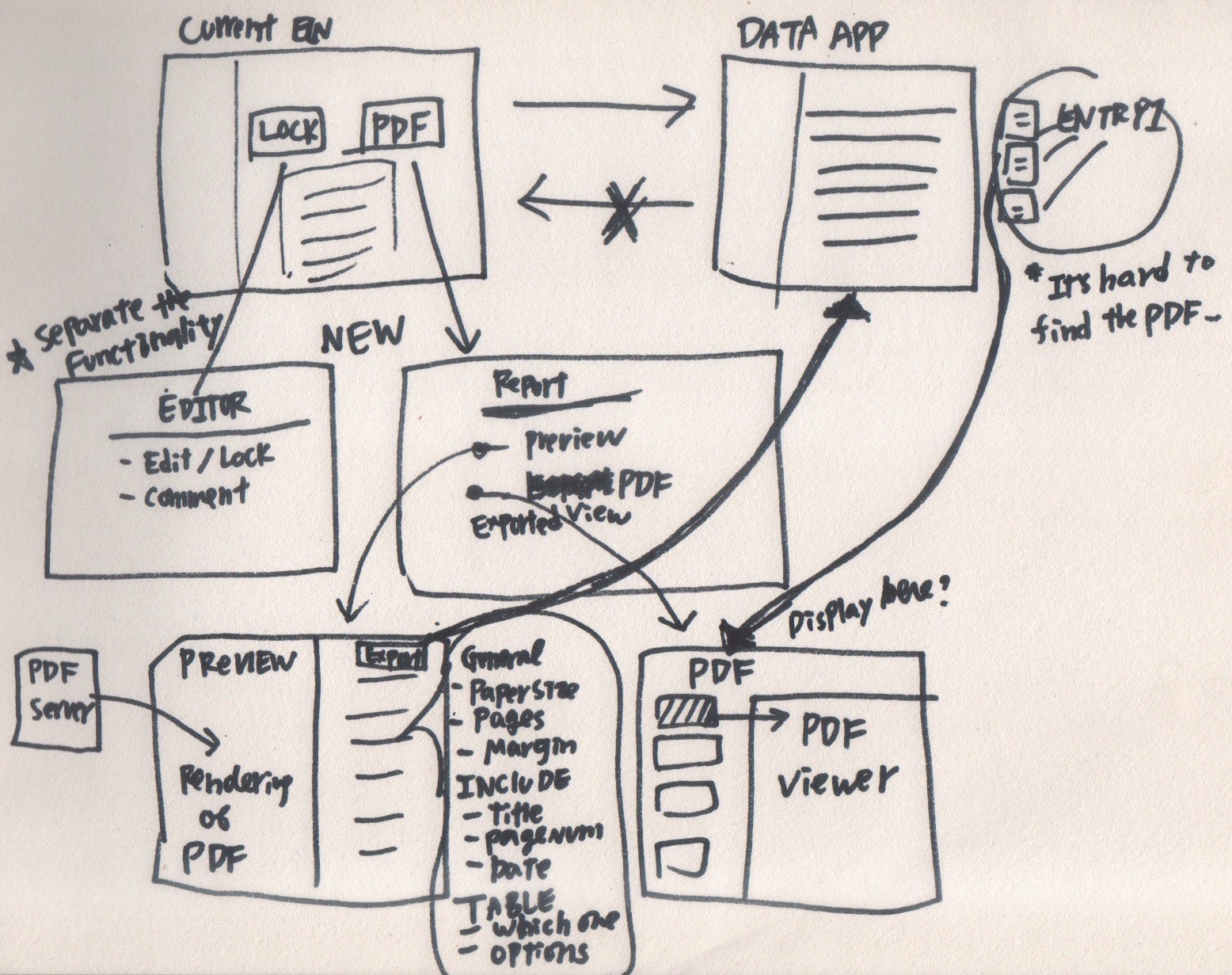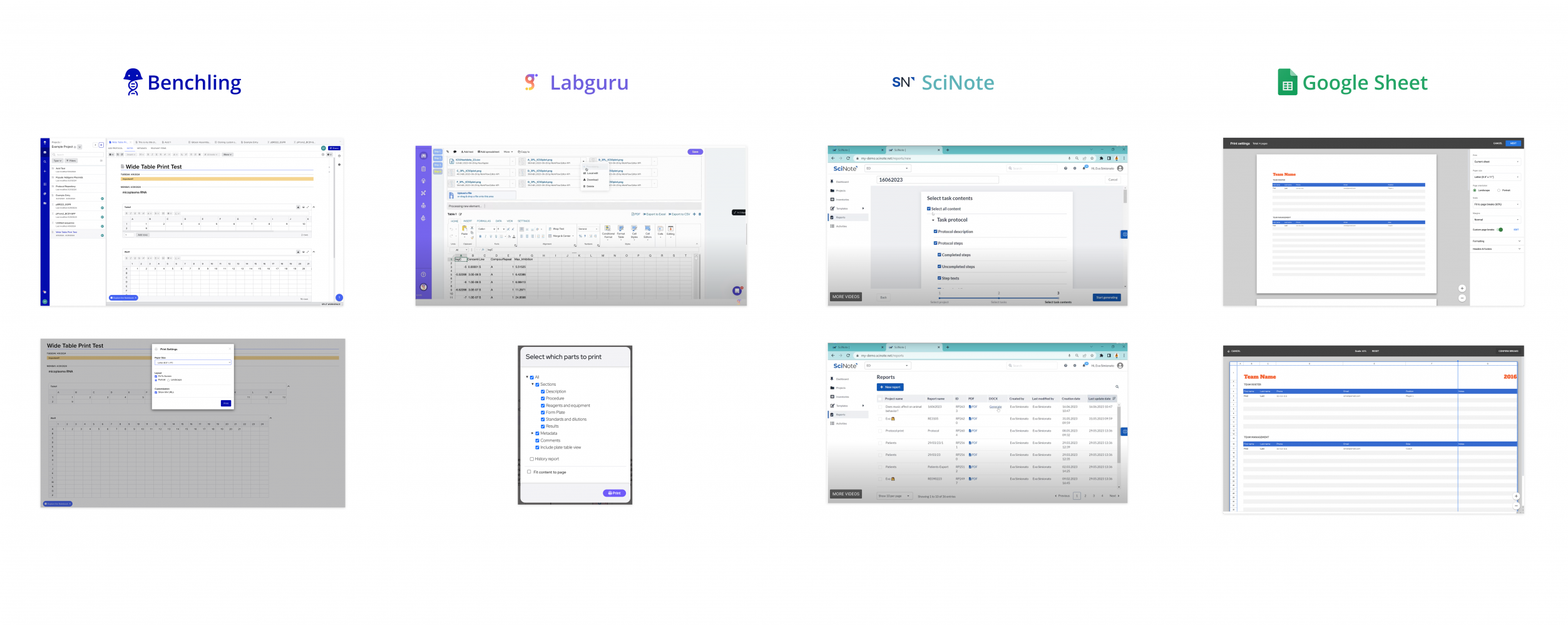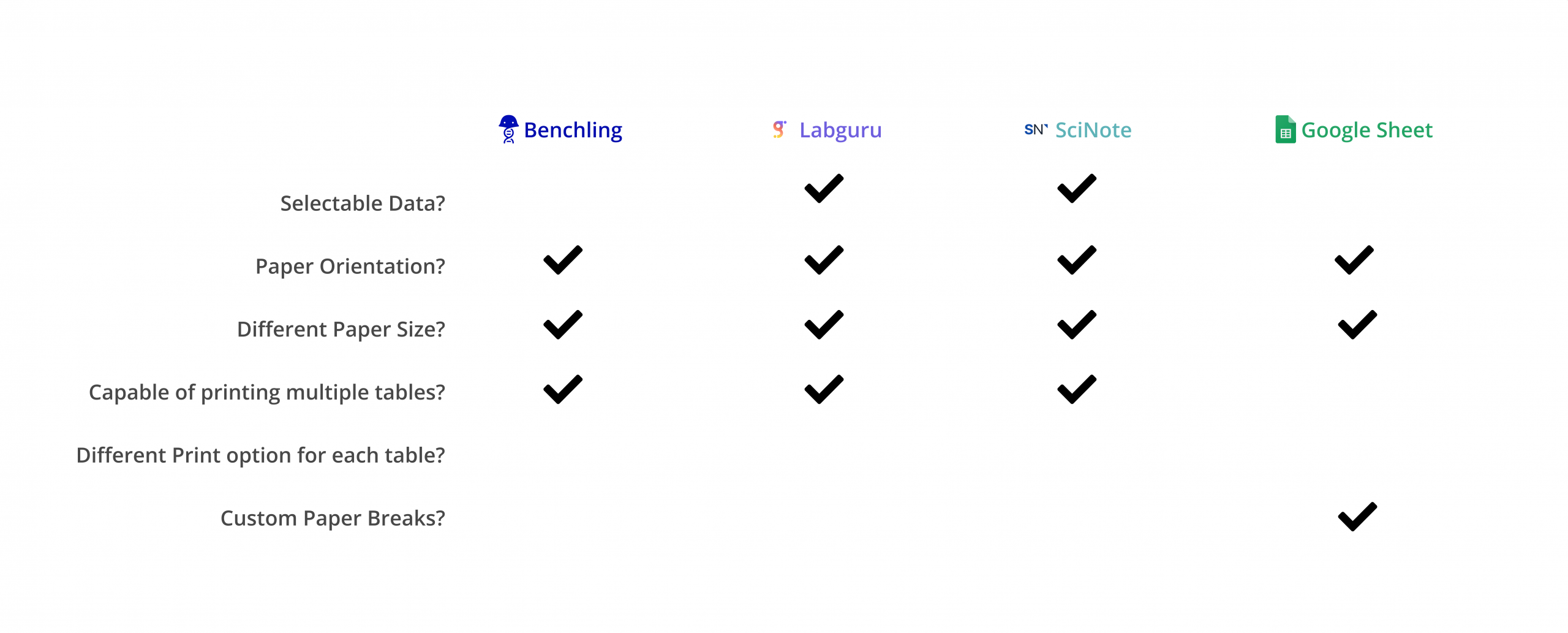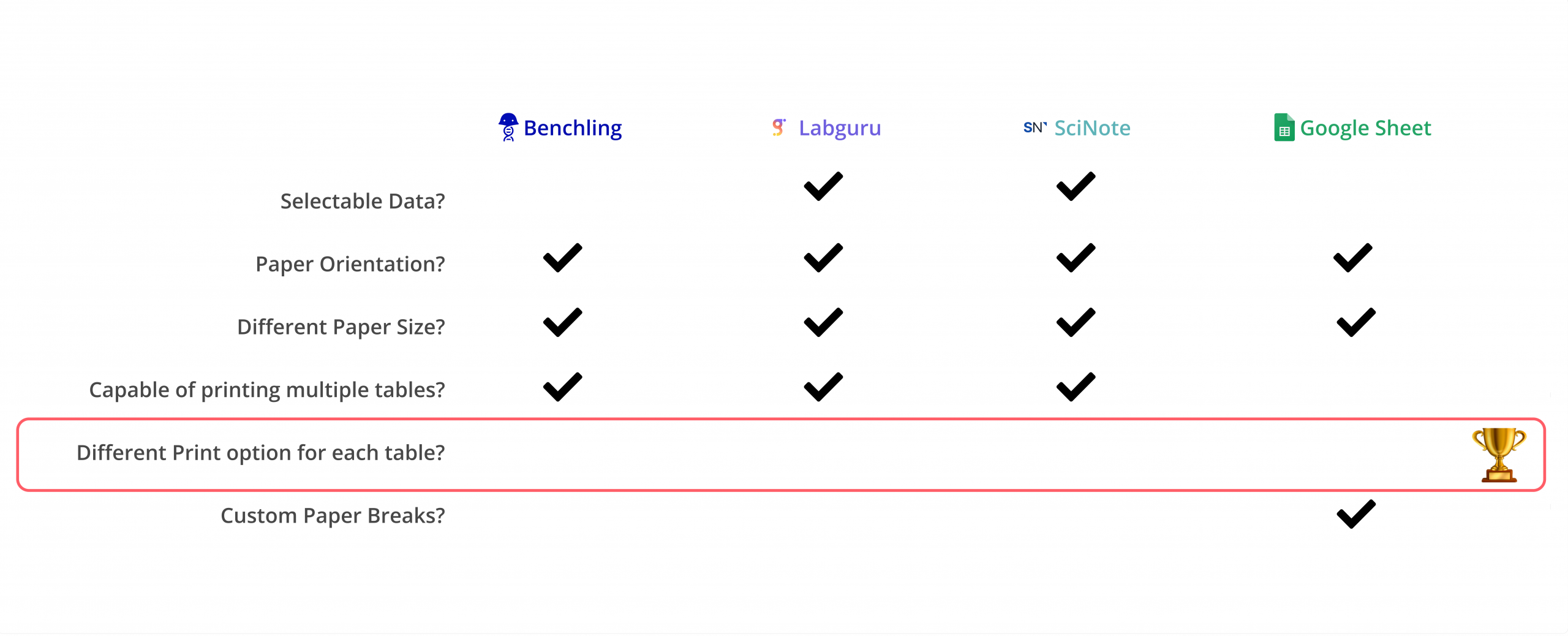Case Study
Enhancing PDF Export in ELN
Project Background
The Electronic Laboratory Notebook (ELN) is a core tool for scientists to digitally record, manage, and store experimental data. One of its critical advantages is the ability to generate audit-ready documents by exporting entries as PDFs or printing them.
However, for scientists working in highly regulated environments, the ability to produce properly formatted, accurate documentation is essential. Many users still rely on spreadsheets or table-based software, which often requires a manual and error-prone process to combine narrative and tabular data for exports. ESP’s ELN aims to solve this by allowing seamless integration of documentation and tabular data into a single, exportable format.
Epic Story
As an ELN user, I want to export all underlying data associated with an entry without any data loss, so that the exported PDF is complete and audit-ready.
POD
My Role
- UI |UX Lead – my role was to lead the redesign of the PDF export feature
Method & Tool
- Competitive Analysis, User Study, Userbility Testing, Wireframing, Rapid Prototyping
- Figma, Google Slide, Attlassian Suite
Team Members
- Product Owner, Program Manager, Technical lead, Full stack engineers, QA and Scrum Master
Design Goal
How might we help scientists generate audit-ready PDFs efficiently while maintaining flexibility and control over export formats?
Design Problems Identified
- Poor Access to Export History
Although users could export entries as PDFs, the files were stored in a separate application (Data), making access cumbersome. Users either had to click a transient link or search manually in another app. - Lack of PDF Preview
Users were unable to preview the export before finalizing it. This made it difficult to validate formatting, page layout, or paper size—especially when preparing for audits or printing. - Inconsistent Table Rendering
Entries often contained multiple tables or worksheets with varying column counts. The current system couldn’t fit all tables neatly on standard paper sizes, leading to awkward or incomplete exports.
Competitor Analysis
I analyzed four competing ELN or data management tools with PDF export capabilities.
The analysis revealed that none of the competitors offered the ability to configure print settings for each individual table within a single entry.
Key Insight from Analysis
🧠 This gap became a strategic opportunity: we decided to focus on providing per-table print configuration, giving users unprecedented flexibility and control—especially valuable in multi-table workflows.
Wireframing & Concept Sketching
I created low-fidelity wireframes to explore how to integrate the following into a unified export experience:
- Print preview
- Export history
- Per-table print configuration

High-Fidelity Prototype & User Testing
Using Figma, I developed a clickable prototype and conducted internal usability testing with multiple scientists and stakeholders. Feedback was recorded to guide iterations.

Design Decisions Based on Feedback
💡 Key learnings from testing led to these refined design decisions:
- Simplify the export UI to avoid overwhelming users
- Update terminology (e.g., “Table/Worksheet” in dropdowns)
- Default export setting to fit up to 5 columns on a letter-size page
- Support flexible table sizing:
- Fit to width
- Custom Column Break
- Preserve Custom Column Break for users needing detailed layout control
Key Learnings
- 🔑 Users strongly dislike switching between apps to retrieve exported PDFs.
- 🔑 Flexibility in export configuration, especially per-table was highly valued.
- 🔑 A simple, intuitive interface increases adoption and reduces support requests.
Next Steps
We’ve established a scalable pattern for flexible export configurations that could be reused across other ESP products like MES and LIMS. However, users still expressed the need to select specific content (e.g., which tables or sections to export). This presents a clear opportunity to further enhance the feature.
Future Considerations 🚀:
- Introduce selective export options (e.g., include/exclude sections)
- Maintain consistency across applications for a unified user experience
- Continue gathering feedback from varied personas across the platform


